
Hiroshi Teshigahara
Рождение : 1927-01-28, Chiyoda, Tokyo, Japan
Смерть : 2001-04-14
История
Hiroshi Teshigahara (January 28, 1927 – April 14, 2001) was an avant-garde Japanese filmmaker.
He was born in Tokyo, son of Sofu Teshigahara, founder and grand master of the Sogetsu School of ikebana. He graduated in 1950 from the Tokyo National University of Fine Arts and Music and began working in documentary film. He directed his first feature film, Pitfall (1962), in collaboration with author Kōbō Abe and musician Tōru Takemitsu. The film won the NHK New Director's award, and throughout the 1960s, he continued to collaborate on films with Abe and Takemitsu while simultaneously pursuing his interest in ikebana and sculpture on a professional level.
In 1965, the Teshigahara/Abe film Woman in the Dunes (1964) was nominated for an Academy Award and won the Special Jury Prize at the Cannes Film Festival. In 1972, he worked with Japanese researcher and translator John Nathan to make the movie Summer Soldiers, a film set during the Vietnam War about American deserters living on the fringe of Japanese society.
From the mid-1970s onwards, he worked less frequently on feature films as he concentrated more on documentaries, exhibitions and the Sogetsu School and became grand master of the school in 1980.
In 1978, Teshigahara Hiroshi directed the final two episodes of the long running and popular Japanese television series Shin Zatouichi, starring Shintarō Katsu as the blind wandering Yakuza. During Akira Kurosawa's 5 year hiatus from filmmaking, he watched a lot of television and was particularly taken by the final episode of Shin Zatouichi - Episode: Journey of Dreams (1978). The influence of this particular episode included the initial casting of Shintaro Katsu in the lead roles in Kagemusha and the extended artistic dream sequences contributed to those seen in Kagemusha (1980).
On the first anniversary of his death, April 14, 2002, a DVD box set containing his best known work was released in Japan in commemoration.
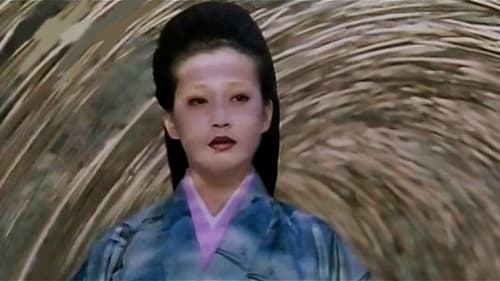
Writer
После смерти Рикю его голова выставлена на позор. Княжна Го и ее садовник тайно похищают голову. Несмотря на постоянный надзор сегуна Токугавы, они решают устроить чайную церемонию в годовщину смерти Рикю. Но Токугава полон решимости не допустить этого.

Director
После смерти Рикю его голова выставлена на позор. Княжна Го и ее садовник тайно похищают голову. Несмотря на постоянный надзор сегуна Токугавы, они решают устроить чайную церемонию в годовщину смерти Рикю. Но Токугава полон решимости не допустить этого.
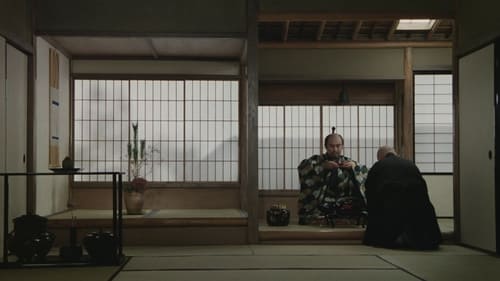
Writer
Late in the 1500s, an aging tea master teaches the way of tea to a headstrong Shogun. Through force of will and courageous fighting, Hideyoshi becomes Japan’s most powerful warlord, unifying the country.

Director
Late in the 1500s, an aging tea master teaches the way of tea to a headstrong Shogun. Through force of will and courageous fighting, Hideyoshi becomes Japan’s most powerful warlord, unifying the country.
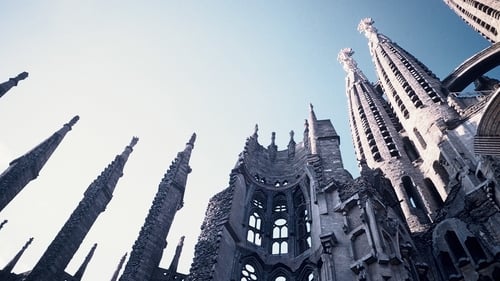
Editor
Catalan architect Antonio Gaudí (1852-1926) designed some of the world's most astonishing buildings, interiors, and parks; Japanese director Hiroshi Teshigahara constructed some of the most aesthetically audacious films ever made. With camera work as bold and sensual as the curves of his subject's organic structures, Teshigahara immortalizes Gaudí on film.

Executive Producer
Catalan architect Antonio Gaudí (1852-1926) designed some of the world's most astonishing buildings, interiors, and parks; Japanese director Hiroshi Teshigahara constructed some of the most aesthetically audacious films ever made. With camera work as bold and sensual as the curves of his subject's organic structures, Teshigahara immortalizes Gaudí on film.

Director
Catalan architect Antonio Gaudí (1852-1926) designed some of the world's most astonishing buildings, interiors, and parks; Japanese director Hiroshi Teshigahara constructed some of the most aesthetically audacious films ever made. With camera work as bold and sensual as the curves of his subject's organic structures, Teshigahara immortalizes Gaudí on film.

Director
Documentary about Jean Tinguely and his work.
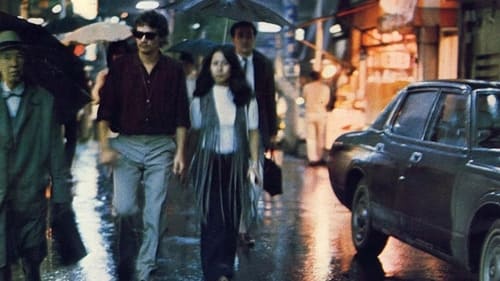
Director of Photography
The plight of U.S. Army deserters from Vietnam on the run in Japan, centering on the culture clash between the troubled Americans and the Japanese who try to help him.

Director
The plight of U.S. Army deserters from Vietnam on the run in Japan, centering on the culture clash between the troubled Americans and the Japanese who try to help him.

Director
A private detective is hired to find a missing man by his wife. While his search is unsuccessful, the detective's own life begins to resemble the man for whom he is searching.

Director
Auto-racing crews prepare for the Indy car race near Fuji in this Japanese documentary. Award-winning director Hiroshi Teshigahara compares the celebrated event with the enthusiasm of the youth of the time to the sport. Narration is provided by Shoichi Ozawa and compliments a well-crafted feature that will only appeal to die-hard auto-racing fans.

Director
Бизнесмен с обожженным лицом в результате пожара в лаборатории проходит лечение у психотерапевта и получает от него удивительную, совсем как живую маску. Вскоре после этого, чтобы приспособиться к маске, он совращает собственную жену. Но она утверждает, что все время знала, кто он. Его индивидуальность, по-видимому, начинает изменяться после того, как он надевает маску, как будто она влияет на нее. Новая личность не позволяет ему влиться обратно в общество… Добродушная молодая женщина, правая половина лица которой изуродована, обиженная любознательными взглядами и оскорблениями, и избегается мужчинами. Она просит своего старшего брата, единственного человека, который понимает её боль и одиночество, заняться с ней любовью, скрывая от него намерение покончить с собой после этого.

Director
This is the sequel to Jose Torres (1959), the portrayal of Puerto Rican boxer Jose Torres, who won a silver medal in the 1956 Melbourne Olympics. We follow Torres from his training in preparation to challenge world lightweight champion Willie Pastrano, to the match and Torres’ victory in 1965. The contrast between the nervous Torres before the match, filmed in painstaking detail, and the first round, filmed in one shot, is striking.

Director
A film in four episodes presenting teenage girls chosen as representative of their country and our time, in Italy, France, Japan and Canada. In spite of the stylistic peculiarities of the filmmakers, we find in each of them the same desire not to affirm anything, not to judge, but to quite simply show.

Director
Ники Джампей, углубленный в себя энтомолог, собирает насекомых на японском побережье. Его встречают несколько местных жителей и предлагают ему ночлег у женщины. Они приводят Ники к хижине, находящейся на дне песочной ямы, куда он должен спуститься по веревочной лестнице к женщине, Киоко. На следующее утро он замечает, что лестницу убрали…

Writer
A day in the life of Ako, a 16 year old Japanese girl, and her friends and co-workers. An alarm clock wakes her in a dorm; she gets ready for work and travels to a large bakery. We see her with friends, chatting and laughing, as well as working. They go out, seven of them jammed in an old Pontiac: bowling, then to an amusement park, then driving around. Car trouble may put her at risk. Is she going to be okay?

Director
A day in the life of Ako, a 16 year old Japanese girl, and her friends and co-workers. An alarm clock wakes her in a dorm; she gets ready for work and travels to a large bakery. We see her with friends, chatting and laughing, as well as working. They go out, seven of them jammed in an old Pontiac: bowling, then to an amusement park, then driving around. Car trouble may put her at risk. Is she going to be okay?

Director
A short documentary by Hiroshi Teshigahara about his father, the sculptor Sofu Teshigahara, preparing an exhibition.
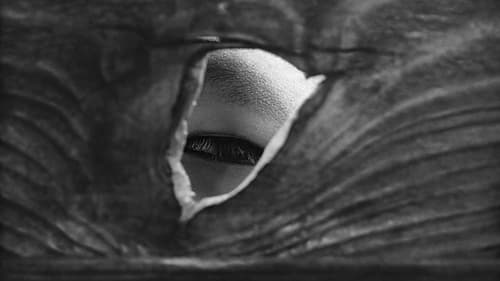
Director
В стране царит безработица. Главному герою, молодому человеку, предлагают хорошую работу на шахте. По дороге к ней он подвергается нападению со стороны человека в белом, который убивает его ножом.

Director of Photography
A documentary about the eponymous Puerto Rican boxer

Director
A documentary about the eponymous Puerto Rican boxer

Director
In 1959 Hiroshi Teshigahara shot the following 16 mm footage of he and his father’s first trip to Barcelona and the outlying Catalonian countryside, including a visit to the home of Salvador Dali in Port Lligat. The footage was recorded without sound.

Editor
Eight filmmakers collaborate with Teshigahara to create a "frantic, non-stop pop newsreel". Mixing cutout animation with color and black & white photography, this snapshot documents Tokyo in 1957-58, when it had eight and ½ million people and was the largest city in the world. Pollution, bridal fashion, rites, rituals, partying-- Nearly every angle of Tokyo life is compacted into a mere 24 minutes.

Producer
Eight filmmakers collaborate with Teshigahara to create a "frantic, non-stop pop newsreel". Mixing cutout animation with color and black & white photography, this snapshot documents Tokyo in 1957-58, when it had eight and ½ million people and was the largest city in the world. Pollution, bridal fashion, rites, rituals, partying-- Nearly every angle of Tokyo life is compacted into a mere 24 minutes.

Screenplay
Eight filmmakers collaborate with Teshigahara to create a "frantic, non-stop pop newsreel". Mixing cutout animation with color and black & white photography, this snapshot documents Tokyo in 1957-58, when it had eight and ½ million people and was the largest city in the world. Pollution, bridal fashion, rites, rituals, partying-- Nearly every angle of Tokyo life is compacted into a mere 24 minutes.

Director
Eight filmmakers collaborate with Teshigahara to create a "frantic, non-stop pop newsreel". Mixing cutout animation with color and black & white photography, this snapshot documents Tokyo in 1957-58, when it had eight and ½ million people and was the largest city in the world. Pollution, bridal fashion, rites, rituals, partying-- Nearly every angle of Tokyo life is compacted into a mere 24 minutes.
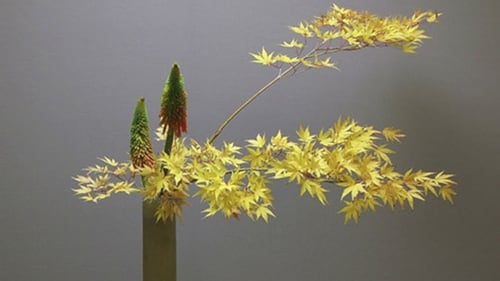
Director
The history and art of ikebana, a centuries old Japanese art of flower arrangement and a look inside the Sogetsu School of Ikebana, where the director's father Sofu Teshigahara worked as the grand master of the school.

Cinematography
On October 12, 1956, 53 surveyors and 1,300 armed police rushed the gathered union and Zen Gaku Ren (the All Japan Federation of Self-Governing Students Associations) members who then formed a scrum to protect themselves. 278 people from both sides were injured. On the 13th, at the protest’s peak, 5,000 workers and Zen Gaku Ren members had been mobilized when the police attacked the demonstrators’ picket lines. 844 protesters and 80 police were injured. Public opinion erupted against the the violence of the armed police and the government’s lack of a policy, and on the 14th, the radio suddenly announced that the government would stop its survey. Sunagawa overflowed with joy and excitement, and a victory demo was held. On the 15th, a National People’s Rally was held to celebrate the victory of Sunagawa’s fight against the base, and protesters who had sustained grave injuries came from the hospital to address the meeting.

Director

Associate Producer
A documentary about the life and art of wood-block artist Katsushika Hokusai.

Director
A documentary about the life and art of wood-block artist Katsushika Hokusai.










